#art and culture
Text
"It is August: the true ending of a year. I've grown sick from trying to love who I am."
-Carlie Hoffman, from "High Bridge Park," published in Gulf Stream
#it's august already??#august#august month#august quotes#dark academia#light academia#cottage core#dark acadamia aesthetic#dark fantasy#excerpts#fragments#poetry#books & libraries#month posting#new month#aesthetic#reading#art#art and culture#carlie hoffman#classic literature#classic academia#choatic academia quotes#choatic academia#romantic literature#romatic academia#romanticism#spilled love#spilled thoughts#spilled ink
10K notes
·
View notes
Text




I fear a life of mundanity.
#my ramblings#my rambles#shitpost#evening thoughts#interesting things#chaotic academia#romanticism#dark academia#dark romantica#books and literature#classic academia#academia#existance#life#chaotic romance#chaotic mind#aesthetic#light academia#art and literature#art and culture
681 notes
·
View notes
Text

Mural Street Art
#mural painting#mural art#black american culture#black women#black girl moodboard#black girl aesthetic#fashionista#fashion trends 2023#natural hair#black hairstyles#black girl beauty#illustrations#art and culture#art and beauty#art and fashion#american culture#black art#blackexcellence#melanin art#melanin aesthetic#melanin princess#melanin queen
150 notes
·
View notes
Text


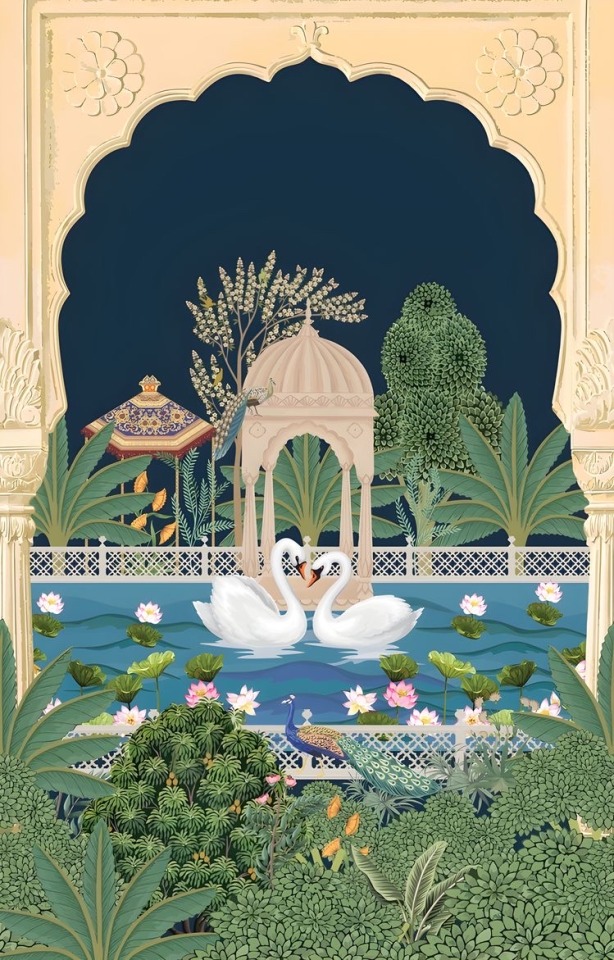

The word Pichwai has its roots in the Sanskrit pich (behind) and wai (hanging). A traditional art form that emerged in the 17th Century at the Nathdwara temple in Rajasthan, Pichwais are intricate paintings dedicated to Shrinathji and are typically hung behind the idol of the deity in local shrines
48 notes
·
View notes
Text
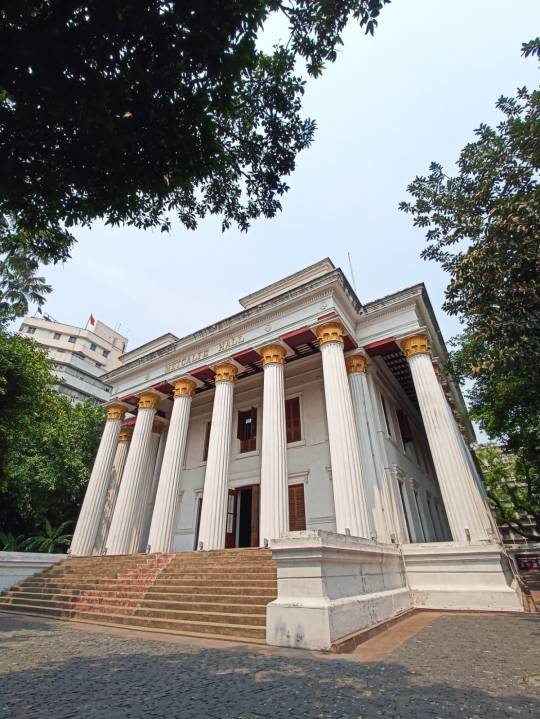

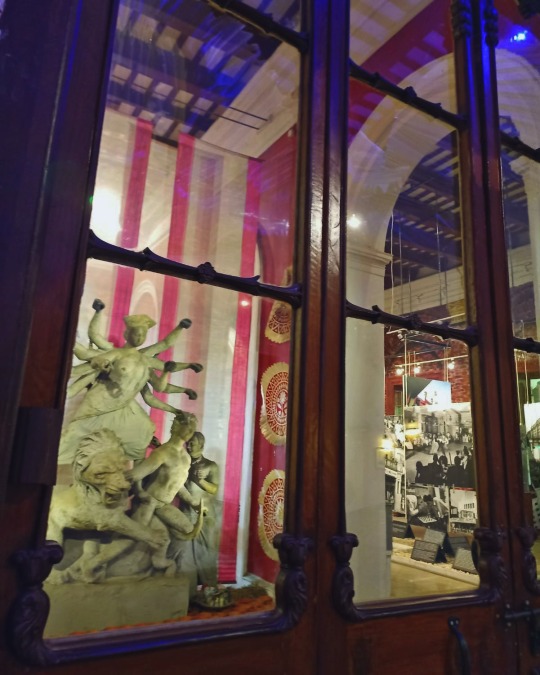

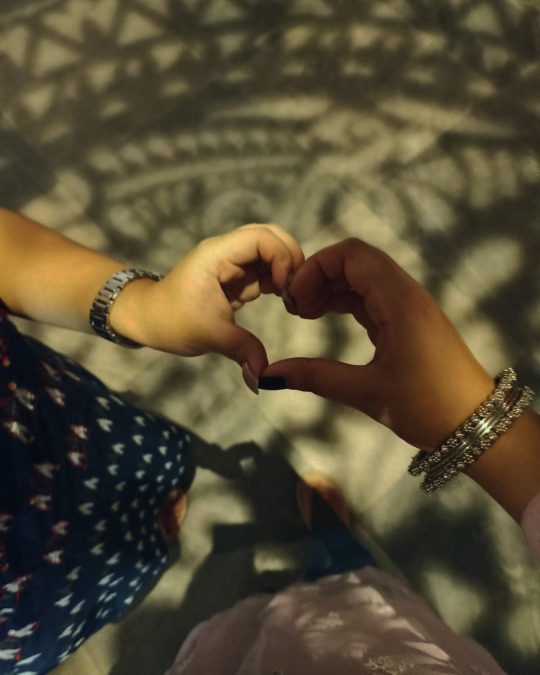


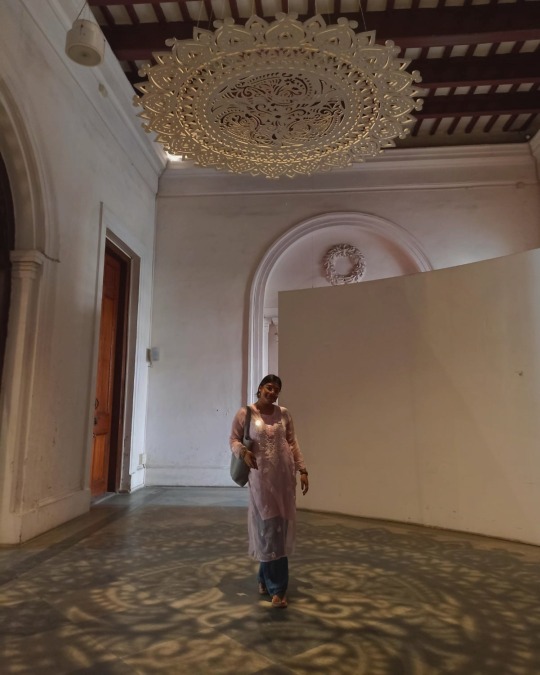

जिसे ढूंढा ज़माने में, मुझ ही में था
1/6/23 🧚🏻♀️
Metcalfe Hall, Kolkata
#museum#indian museum#art#culture#art and culture#desi culture#desi girl#desi tumblr#desi college#desi academia#desi aesthetic#tumblrgirl#desi chaotic academia#art and poetry#dayout#collegedays#dark academia#dark acadamia aesthetic#tumblog#darkacademism#my blog#moodboard#aesthetic pictures#kolkata#bengali
20 notes
·
View notes
Text
Sven Bikerts provides an epochal framework for this anxiety in The Gutenberg Elegies: The Fate of Reading in an
Electronic Age, originally published in 1994 and reissued in 2006. “The
decade of the 1990s,” Bikerts claims, “was a classic historical watershed”
(xi), marking the irrevocable influence of digital technology on the way
people think and relate to each other. For Bikerts, “the societal shift from
print-based to electronic communications is as consequential for culture as
was the shift instigated by Gutenberg’s invention of movable type” (192).
The effect, he argues, was to transform our sense of society being composed of isolated individuals who seek solace in the introspective contemplation and subjective immersion in deep time afforded by literature, to
one of information seeking citizens interconnected by a digital grid which keeps them perpetually in the present moment. This “network consciousness” (202), Bikerts argues, is at odds with the experience of inwardness
cultivated by serious reading, and this explains the waning influence of literature in contemporary culture. A natural consequence is that “the writer’s social and cultural status is as low as it has been for centuries. If there is anything consoling to be said, it is that the need for the writer is right
now probably as great as ever” (208).
- The Return of the
Omniscient Narrator
Authorship and Authority in
Twenty-First Century Fiction
By Paul Dawson
#reading#writing#quotes#literature#novels#the novel#literary criticism#culture#cultural criticism#the novel and culture#authority#cultural authority#literacy#digital media#digital culture#internet culture#collective unconscious#collective consciousness#art#art and culture#society#sociology#creativity#politics#politics and art#amwriting#amreading#omniscient#omniscient narrator#narrative
13 notes
·
View notes
Text
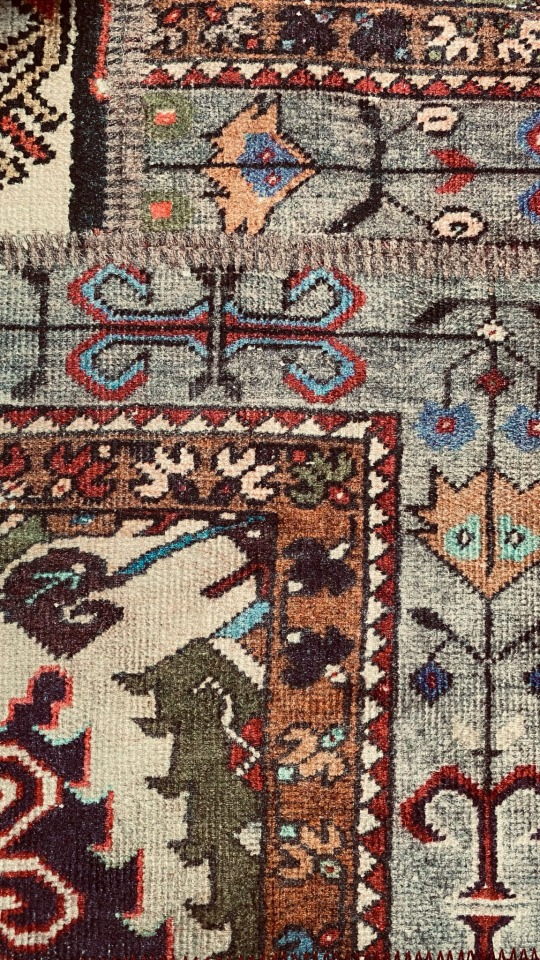
traditional Turkish kilim/rug
#444minerva777#kilimrug#traditional art#turkish mythology#turkish culture#pattern#turkish history#animal motif#motifs#art and culture#artistic#turkish#oriental rugs#turkic#türk kültürü#türk tarihi#halı#desen#sanatsal#keşfedilmeyen#takip edilesi bloglar#takipleselim#ok to rb#i need likes
27 notes
·
View notes
Text
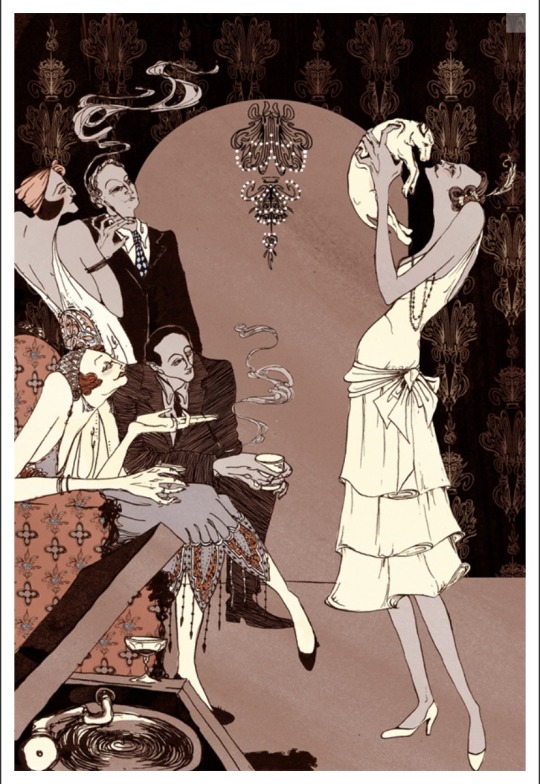


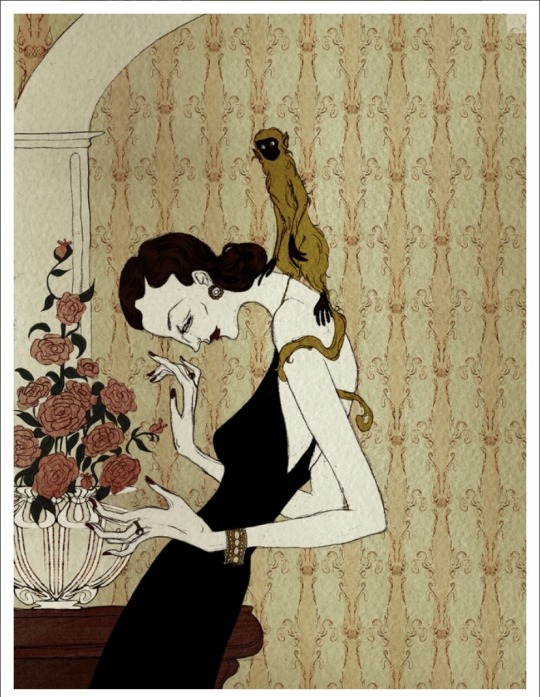
Kate Baylay's illustrations published in the JUXTAPOZ magazine
july 11, 2013
#aestehtic#art#artist#artwork#kate baylay#juxtapoz#art and artists#art and culture#poster#fairy tale illustration#illustration#illustrator#female artists#british art#british artist#painting#paintings#art magazine
18 notes
·
View notes
Text
And yes, this is Anthony I designed it in two forms But nothing is like its original form

17 notes
·
View notes
Text
Art in the Age of Artificial Intelligence
We are entering an era of upheaval that some are calling the fourth industrial revolution.[1] The rise of artificial intelligence, and in particular generative art, threatens to upend our social and cultural landscape, leading to a renewed conflict between mechanical technique, art, and culture. While some technologists are proclaiming the death of art,[2] a murder allegedly committed by…

View On WordPress
#AI art#Art#Art and artificial intelligence#art and culture#Byung-Chul Han#cultural critique#culture and society#is ai art real art?#Jean Baudrillard#Marshall McLuhan#Philosophy#philosophy of art#social commentary#Technology#what is ai art?
2 notes
·
View notes
Text
"Closeness lines over time" illustration by "Olivia de Recat"


#the first image made me cry#dailyquotes#dark academia#light academia#excerpts#fragments#books & libraries#dark academia aesthetic#illustration#art#art and culture#illustrated book#art collection
2K notes
·
View notes
Text
Incorporating Art and Culture in Interior Design

In the world of interior design, art and culture play a substantial role. They work together to make spaces look unique and meaningful. Art and culture are similar to best friends as they continue to inspire each other. Designing a place is not just about its appearance but also about what it communicates.
The art and cultural elements used in the interior design reflect the personas of the individuals dwelling there. Let’s understand how art and culture work together in interior design to make spaces more captivating and personal.
Read the full blog here: https://nativesutra.com/incorporating-art-and-culture-in-interior-design/
2 notes
·
View notes
Text

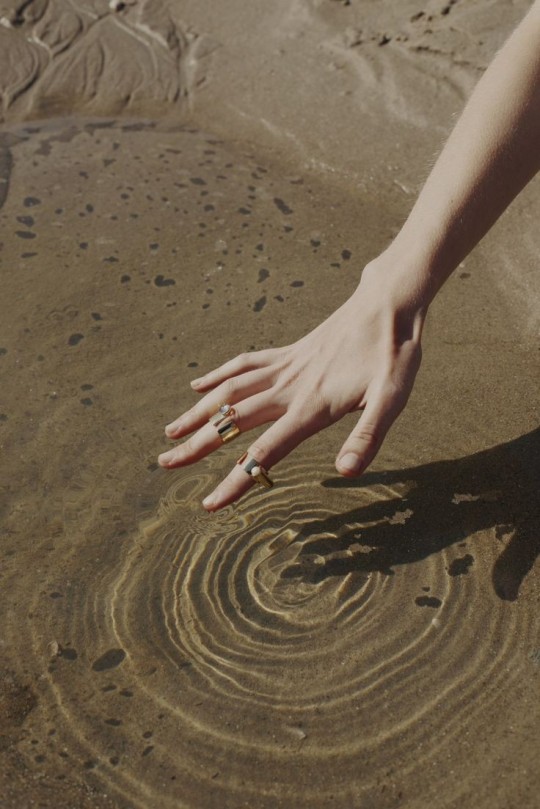
We can't always forget everything and move on but why should we let the past hold us back? When the present is standing in front of us with so much warmth?
#books & libraries#oceancore#oceanlife#life#literature#lovelife#dark acadamia aesthetic#ocean aesthetic#art#philosophy#art and culture#deadpoetsociety#museums#love poetry#movies#love letters#architecture#aesthetic#bts#beautiful#dark acadamia quotes#quotes#book quotes#movie line#songs lyrics#favorite quotes#thoughts
84 notes
·
View notes
Text
Live the magic of cultural events
In this case: A spectacular pas de deux between lovers who, due to life situations, have to say goodbye.
Vive la magia de los eventos culturales
En este caso: Un espectacular paso a dos entre los enamorados que por situaciones de la vida se tienen que despedir
#theme park shows#Live Culture#art and culture#cultural eventys#culture in movement#musicl shows#espectaculos musical#artes escenicas#espectaculos culturales
2 notes
·
View notes
Text
Let the music play with Amir ElSaffar, the Two Rivers Ensemble and Hamid al-Saadi
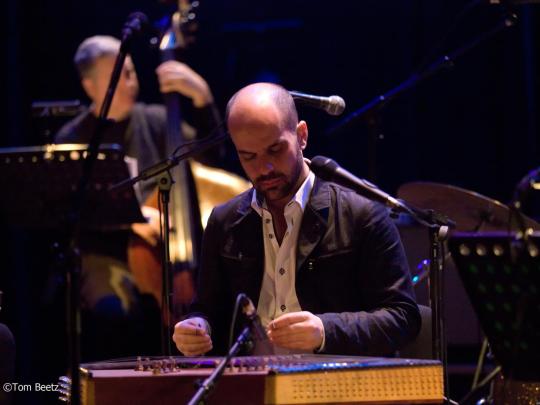
Amir ElSaffar was born and raised near Chicago, but his heart and soul are informed as much by Iraq as by Illinois. A multi-instrumentalist, vocalist and composer, ElSaffar marvelously marries Middle Eastern musical traditions with American jazz.
ElSaffar will make his Penn State debut April 4 in an Eisenhower Auditorium concert featuring his Two Rivers Ensemble and Iraqi vocalist Hamid Al-Saadi.
Amir ElSaffar — trumpeter, santur (hammered dulcimer) player, vocalist, and composer — is a master of diverse sounds. The Chicago-area native has distinguished himself by combining Middle Eastern traditions with jazz and other styles of music.
ElSaffar, who has a degree in classical trumpet from DePaul University, is fluent in the idiom of jazz, but he has also created techniques to play microtones and ornaments associated with Arabic music that are rarely heard on trumpet.
Two Rivers Ensemble, a sextet, combines the musical languages and instrumentation of Iraqi maqam and contemporary jazz. The ensemble’s music speaks the vernacular of swing, improvisation, and group interaction.
Through his powerful and highly ornamented voice, and in his comprehensive knowledge of the intricate details of the music and poetry of Iraq, generations and layers of the maqam tradition resonate through Hamid al-Saadi.
He is one of the few vocalists who is keeping the art alive today, at a time when so many elements of the tradition are in danger of extinction.
#penn state#chicago#amir elsaffar#free jazz#jazz.txt#depaul university#usa#arabic music#music#concerts#iraq#iraqi#baghdad#basra#mosul#maqam#singing#manchester#art and culture#musicians#middle east#arab americans#arab american national museum#arabic
8 notes
·
View notes
